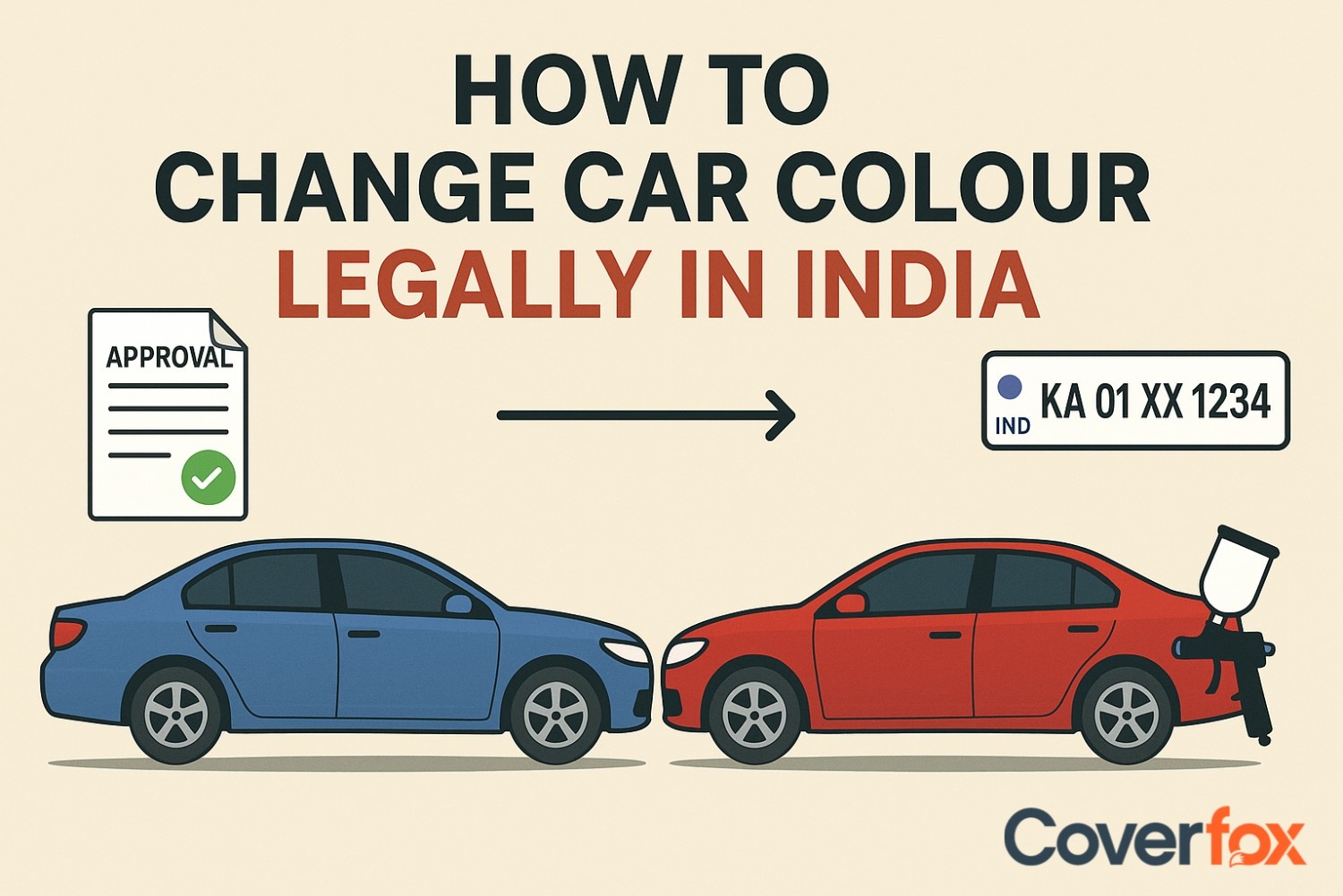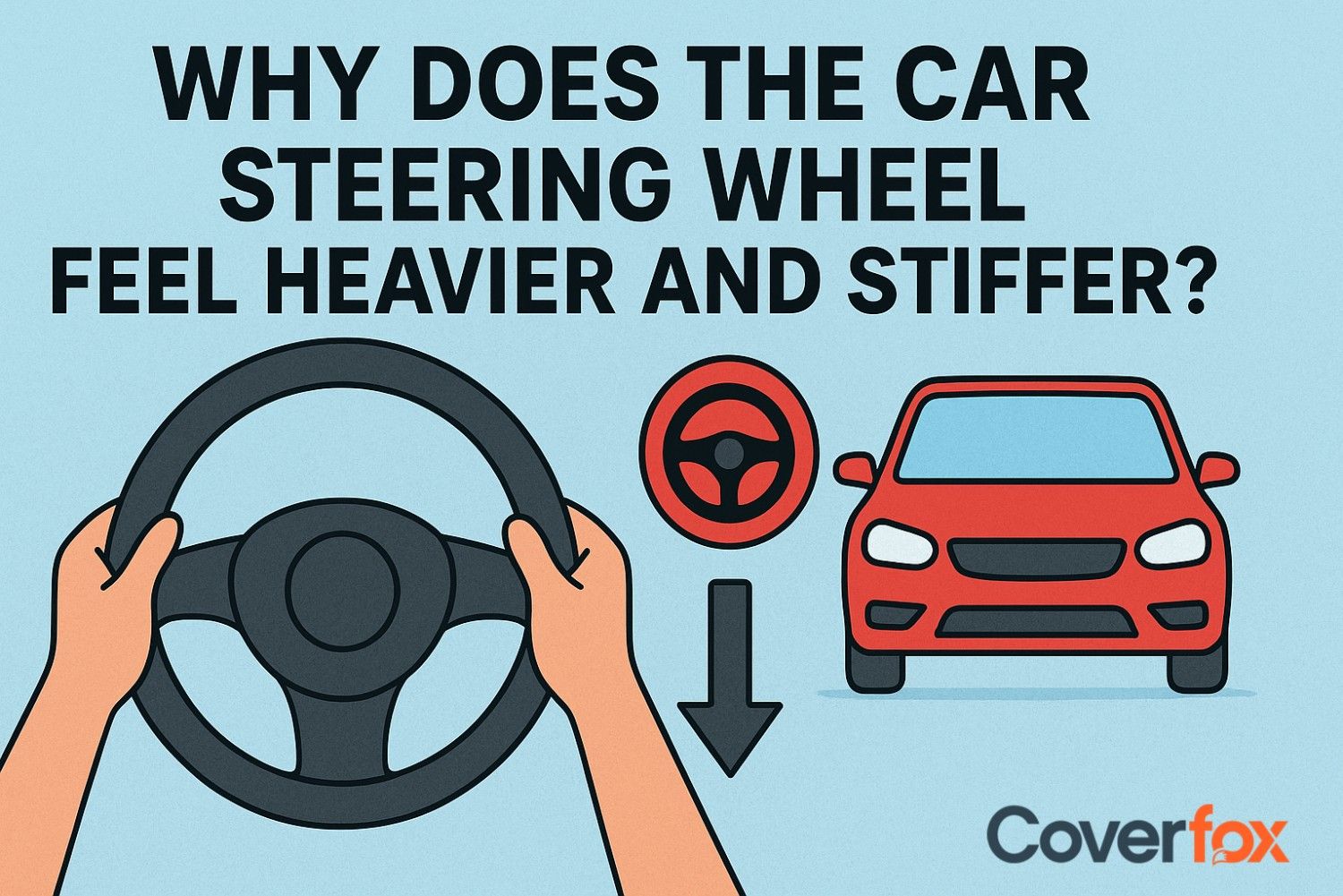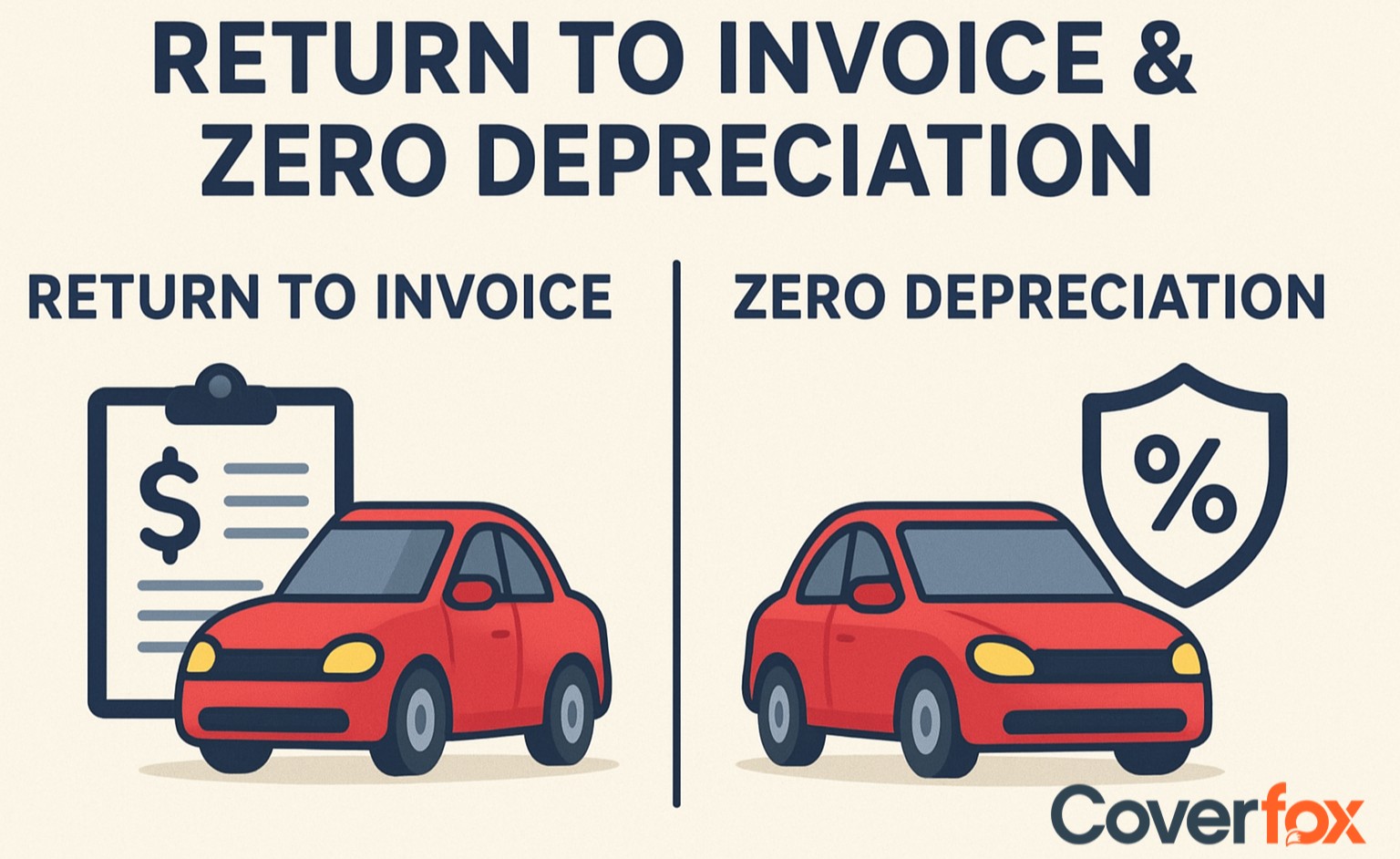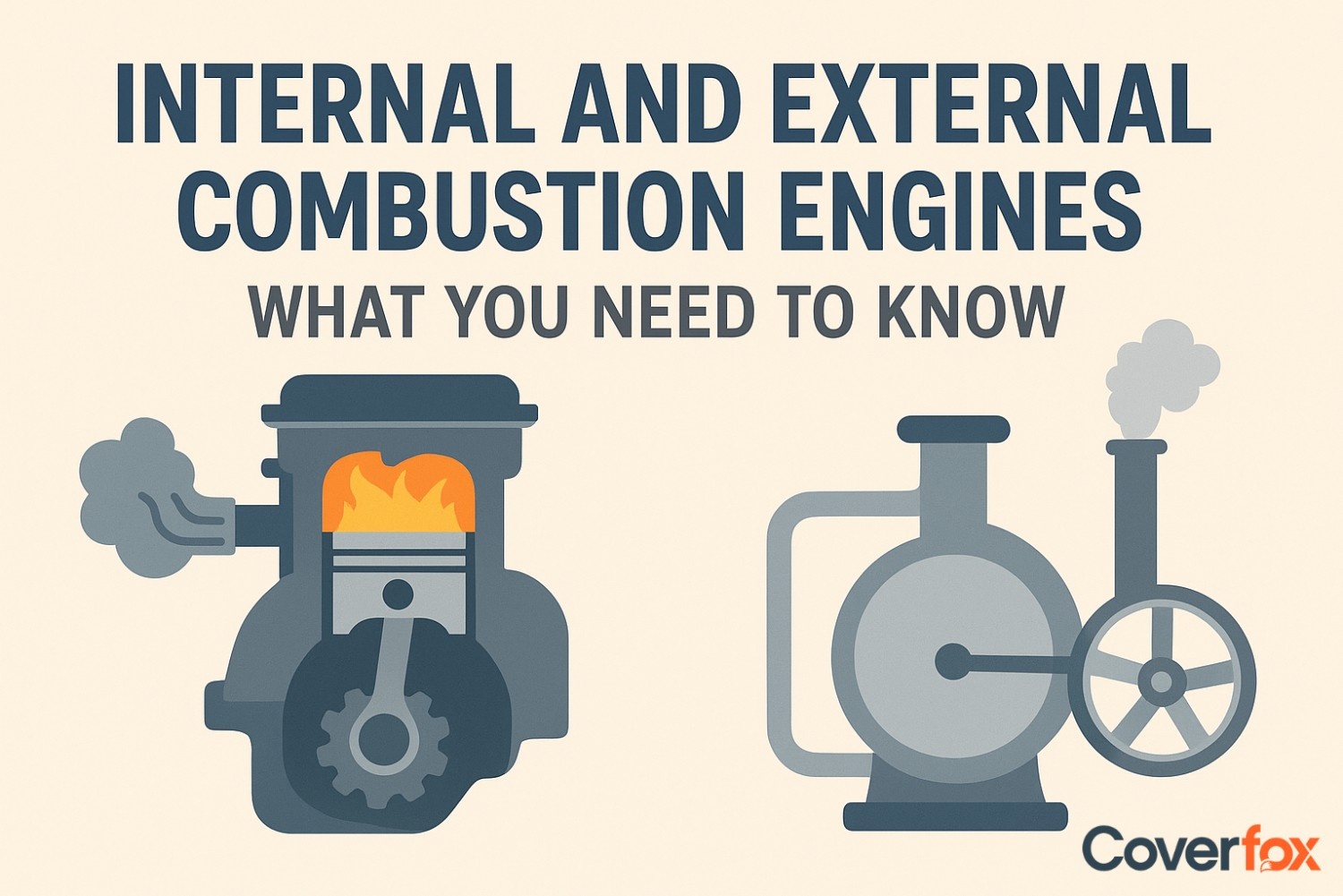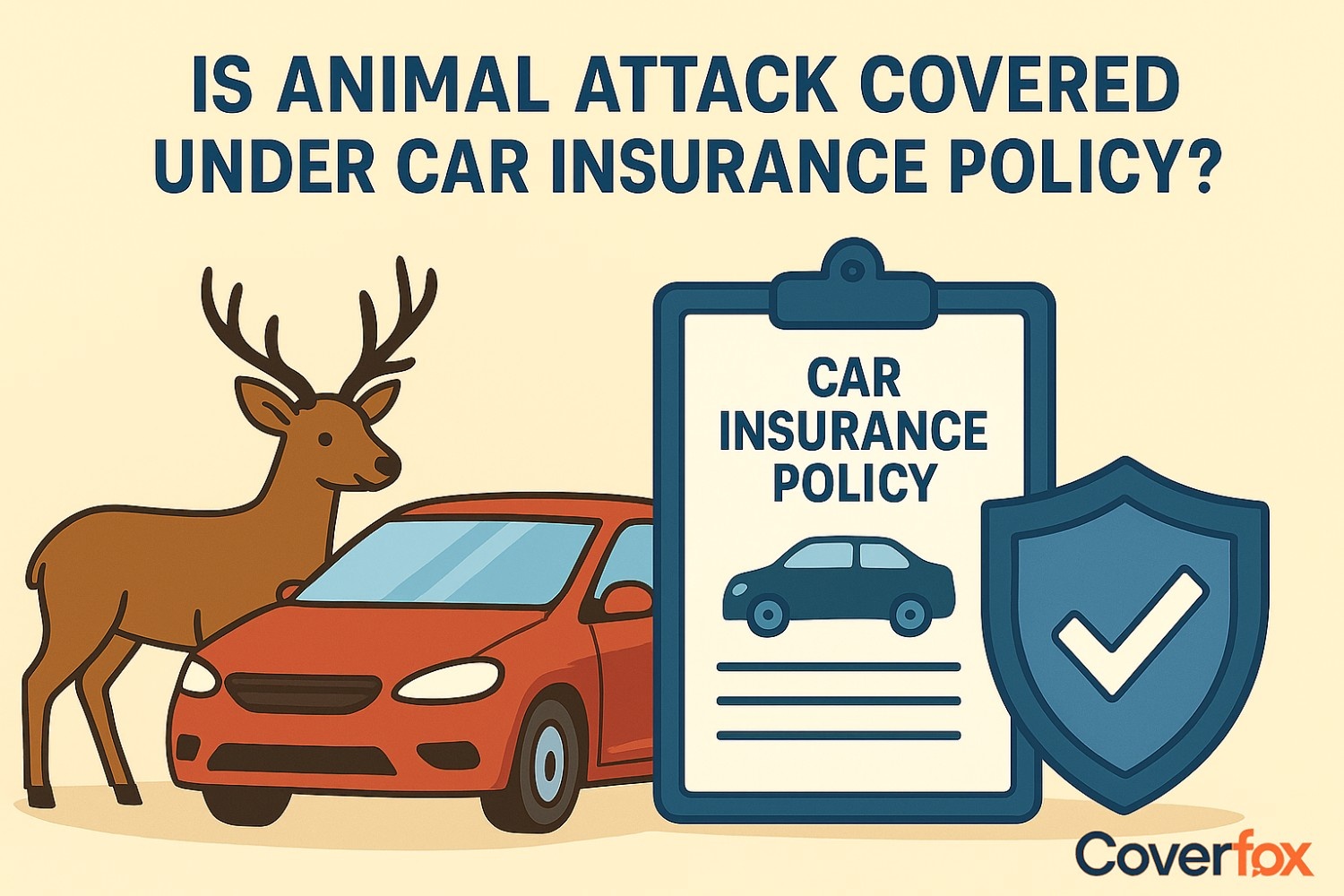Although it is common knowledge that seat belts should always be worn when driving, how many of us really do so? The most frequent driving infraction that most individuals seem to incur is not wearing a seat belt.

The Motor Vehicles Act of 1988 states that it is prohibited and a significant traffic infraction in India to drive a car without using a seat belt. This has an impact on the driver and the passengers as well. Anyone found in violation of this law faces a seat belt fine in India for failing to comply with the law. The Indian government has changed and put into effect seat belt rules and imposed a heavy seat belt challan for violations.
What Is The Fine For Not Wearing A Seat Belt In India?
The traffic police issue challans to anyone they catch breaking or violating a traffic rule. The seat belt challan for not wearing a seat belt is the same. A no-seat belt challan is given to you if found violating the laws. Documents such as your auto insurance policy may also be requested by the traffic police.
A fine of ₹1,000 can be charged as a penalty for not wearing a seat belt.
Previously, though, it was ₹100. The recent change of the laws outlined in the Motor Vehicles Act of 1988 is the reason for this. As a result, the MV Act's provision regarding not wearing a seat belt was changed, and the penalties were raised.
Depending on the state’s seat belt regulations, driving without a seat belt carries different penalties, such as having your car or driving licence seized by the authorities. Additionally, in certain situations, driving without a seat belt might result in a three-month jail sentence.
How To Pay Your No-Seat Belt Fine?
Let's say you get caught driving without a seat belt by the traffic cops. In that scenario, they have the authority to pull over your car and ask for your documentation, such as your driving licence or your four wheeler insurance. They could issue a challan for a no seatbelt fine against your name after confirming your documents. The same amount can be paid immediately in cash.
The traffic police may issue a digital challan if you are not carrying cash. Furthermore, the vehicle registration number can be recorded by a variety of traffic cameras positioned across major cities, which can then issue the challan online.
The mobile number that is registered with the vehicle receives a text message. It has a link to make the online challan payment. Owners of vehicles can pay the challan online through a variety of online payment channels by clicking on the link to the state transport website.
There is a deadline by which the challan must be paid. You have the option of paying in person at the traffic police station or online at the state's transport website. Seat belt fines in India can now be paid online through a government portal.
How To Avoid Getting A Seat Belt Challan?
To protect both your safety and the safety of others, always abide by the traffic laws when driving. Due to recent changes to the Motor Vehicle Act, certain cars do not have rear three-point seat belts, even though they are required. All three-point seatbelts and seatbelt reminders for all car seat positions will be standardised by the government.
To steer clear of or stop these driving infractions, one could adhere to the following guidelines:
- As soon as you enter your vehicle, fasten your seat belt.
- Request that your fellow travellers fasten their seat belts as well.
- Put the lap belt across your hips and under your stomach.
- The shoulder belt should span your collarbone and be distant from your neck.
Make sure the shoulder belt fits comfortably at all times. In the event of an accident, loose seatbelts may cause fractured or bruised ribs. To avoid heavy medical bills from a car accident due to not wearing a seatbelt, it is always wise to have accidental insurance coverage.
Essential Documents To Have As A Car Owner
The traffic police may want to view your paperwork if they pull you over for any reason. Additionally, failing to carry the required paperwork is a traffic infraction that carries its own set of penalties. You need to have these documents with you anytime you intend to take a vehicle to avoid this.
The following documents should be with you:
- Your vehicle's registration certificate (RC).
- A car insurance policy with a valid certificate.
- Driving Licence (DL).
- Your car's Pollution Under Control (PUC) certificate.
To prevent forgetting to bring them with you, it is recommended that you always keep these in your car. If you no longer wish to carry the hard copies, you can also keep these documents digitally.
The Implications Of Driving Without A Seat Belt
In every Indian state, the no-seat belt fine is ₹1,000. The purpose of this fine is to protect both drivers and passengers and to ensure the rigorous enforcement of rear seat belt use.
Although seatbelts for the front and rear seats are required under Rule 138(3) of the Central Motor Vehicle Rules, passengers are not subject to this regulation. Even the traffic police ignore this issue. The government is planning to make seat belt alerts required for passengers in the backseat in order to further enforce this regulation and emphasise its significance.
Delhi and Karnataka were the first states to enforce the rear seatbelt law. Even if the driver is wearing a belt, passengers who are discovered not wearing one will still be fined ₹1,000.
A rule to outlaw the production and distribution of seatbelt clips is also being developed by the Ministry of Road Transport and Highways. This is to prevent people from evading the seat belt alerts in cars.
Additionally, by the following year, the government plans to adopt and enforce the requirement that all four-wheelers have six airbags. By strictly following seat belt laws, we can minimise road fatalities, ensure passenger safety, and embrace a culture of responsible driving in India.
You May Also Interested In
Frquently Asked Questions
What is the seat belt law in India?
The Motor Vehicles Act mandates that all passengers, including rear-seat occupants, must wear seat belts while the vehicle is in motion.
What are the rules for seat belts in RTO?
The Central Motor Vehicles Rules require drivers, front-seat passengers, and rear-facing seat occupants to wear seat belts, with penalties for non-compliance.
What should I do if my seat belt is damaged or malfunctions?
If your seat belt is torn, stuck, or won’t retract, you should get it repaired or replaced immediately to ensure safety.
Can seat belts prevent all types of injuries in a car crash?
While seat belts significantly reduce the risk of severe injuries, they may still cause minor injuries like bruises or fractures in high-impact crashes.
